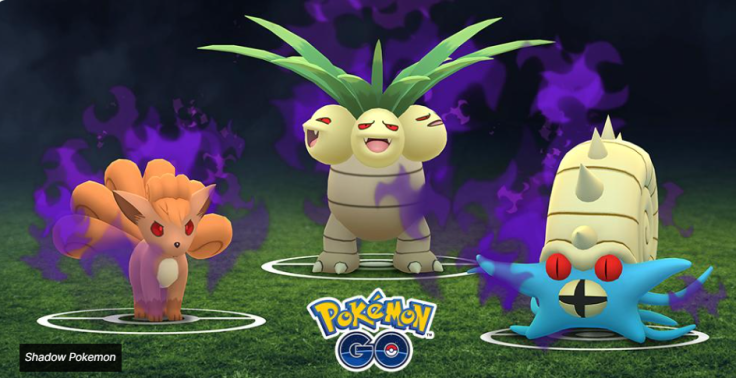A Pokemon GO player's recent revelation about purifying over 200 Shadow Pokemon has sparked a heated debate within the community. The decision to purify or retain Shadow Pokemon is a complex one, with both options offering distinct advantages and drawbacks.
What is a Shadow Pokémon in Pokémon GO

Shadow Pokémon first appeared in Pokémon GO as part of the Team GO Rocket invasion in 2019. These Pokémon have undergone a process that removes their emotions, turning them into powerful yet emotionless fighting machines.
Initially introduced in Pokémon Colosseum, Shadow Pokémon brought a unique twist to Pokémon GO, adding depth to the game's strategy. If you owned a Dark Lugia in this game, you already know how menacing it looks like.
When players encounter Team GO Rocket, they have the opportunity to battle and catch Shadow Pokémon. These Pokémon are distinguished by their fiery red eyes and dark aura. While purifying them-restoring their original state-might seem like the obvious choice, it's a decision that requires careful consideration.
Player Regrets Purifying Shadow Pokémon
As spotted by GameRant, Pokémon GO player, known as Radijsmatthijs on Reddit, recently shared their experience of purifying 227 Shadow Pokémon, only to realize afterward that this wasn't always the wisest move.
Among the purified Pokémon were powerful creatures like Gyarados, Mamoswine, Alakazam, and even two copies of the formidable Shadow Mewtwo. The player's post quickly caught the attention of the Pokémon GO community, sparking a debate about the pros and cons of purifying these unique Pokémon.
One of the key points raised in the discussion was the realization that Shadow Pokémon, despite their corrupted nature, often retain superior combat abilities compared to their purified counterparts.
In fact, purifying a Shadow Pokémon reduces its attack power, which can be a significant disadvantage in battles. This makes the decision to purify or not a complex dilemma for trainers.
The Pros and Cons of Purifying Shadow Pokémon
The decision to purify a Shadow Pokémon in Pokémon GO depends on how a player intends to use the creature. On one hand, Shadow Pokémon are known for their high attack power, making them formidable opponents in battles.
On the other hand, purified Pokémon come with certain advantages: they cost less Candy and Stardust to power up, learn a new Charged Move, and level up. Additionally, purified Pokémon can provide a boost in some contexts, such as in specific raids or Gym battles.
This trade-off creates a strategic decision for trainers. Purifying might seem like the logical choice, but in many cases, keeping a Pokémon in its Shadow form offers more benefits, especially for those looking to maximize their battle effectiveness.
The Expanding Roster of Shadow Pokémon
Since the introduction of Shadow Pokémon, the roster has expanded significantly. There are now over 60 Shadow Pokémon available in Pokémon GO, with more added regularly.
The first Shadow Pokémon included the iconic Kanto starters, but the list has since grown to include creatures from various generations, such as Ampharos, Drifloon, and Chandelure.
In 2024, Niantic has continued to expand this feature, with the recent addition of Shadow Cresselia, along with Timburr, Tirtouga, and Archen. Each new addition provides players with fresh opportunities and challenges, further complicating the decision to purify or not.
To Purify or Not to Purify?
The dilemma of purifying Shadow Pokémon in Pokémon GO is one that every trainer must face. While purification offers certain advantages, the raw power of Shadow Pokémon often outweighs these benefits.
As the game continues to evolve and more Shadow Pokémon are introduced, trainers will need to carefully weigh their options to make the most strategic decisions for their team.
Whether you choose to purify or keep your Pokémon in its shadowy form, one thing is clear: in Pokémon GO, every decision counts. In the meantime, claim these Pokemon GO Promo codes for this month.
© Copyright 2025 Mobile & Apps, All rights reserved. Do not reproduce without permission.














